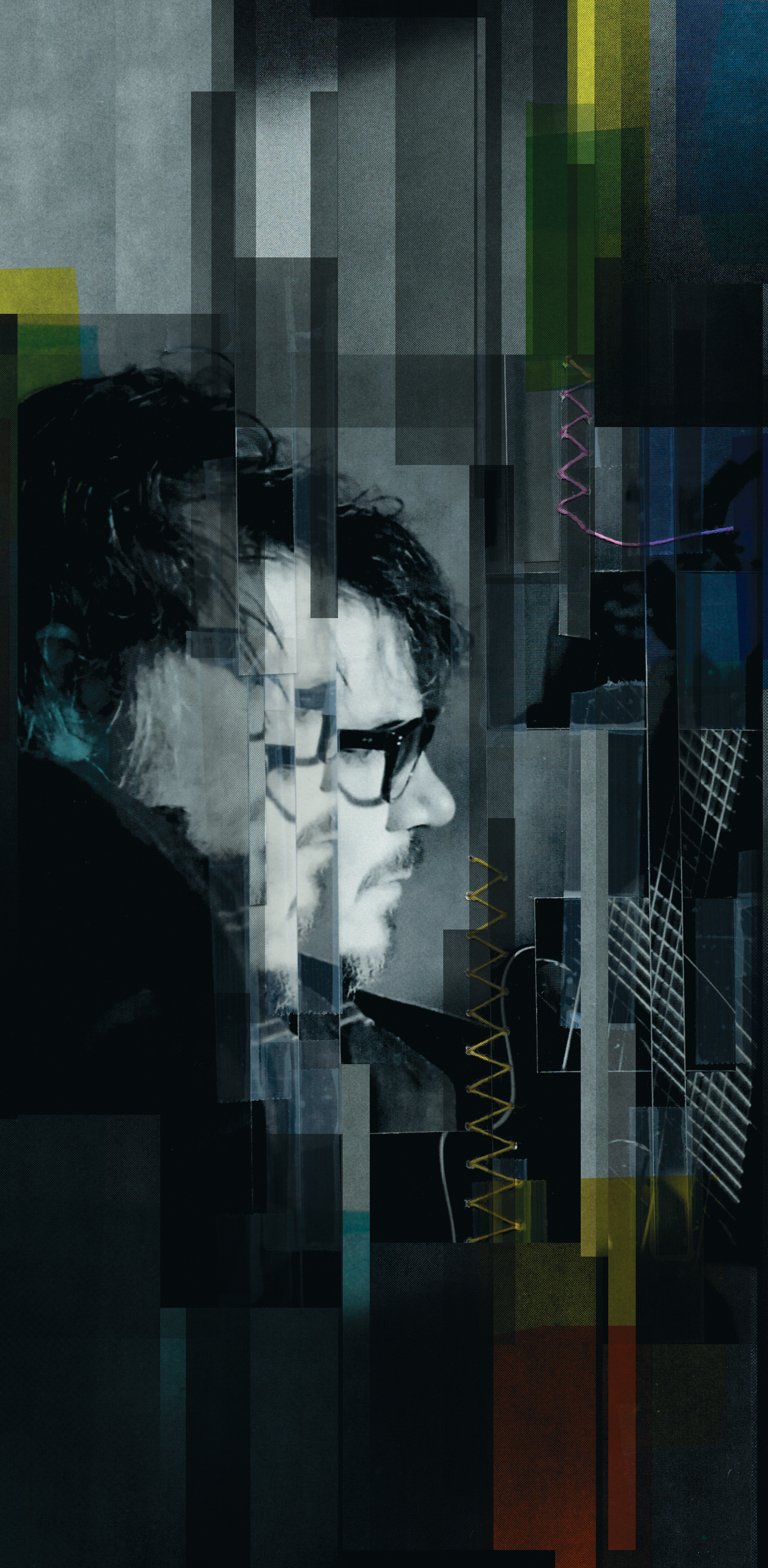When I first heard that Tim Farrant of New Zealand’s Buzz Audio had designed a new stereo compressor based around a diode bridge gain reduction circuit, I immediately knew that this was something that could potentially rock my world. I have been a huge fan of Tim’s work for years, as I’ve had the pleasure of using some of his other pieces on several mixes and always loved the results. There is something so cool – so straight up and down – about his gear, and in my experience I have found that it just does exactly what I need it to with finesse and gorgeous sonics. What I also love is something that’s a little outside of the norm – let’s face it, diode bridge compressors do not come along every day. For good reason perhaps... they apparently can be quite finicky to get right at the design stage, as diodes have a want to distort rather nastily at even moderate levels, just like your favorite diode fuzz pedal. Therefore, carefully designed circuits must be applied to achieve the kind of results that we know from classic vintage diode compressors like those by Neve and EMI. Tim has taken to this style of compressor with his own new design, and let me just say that he has nailed it. This unit now gets used on every tracking session and mix.
This is a dual mono/stereo compressor with separate controls for each channel. Instead of a threshold knob, we have Compression knob which compresses the program material harder as you turn it clockwise. Attack and Release controls are both stepped; the Attack goes from “fast” to 50 ms and the Release goes from 50 ms to 600 ms (as well as a useful Auto setting for program dependent release). Next there is a Hard/Soft switch that changes the behavior of the compressor in exactly the way that you would expect from those words, as well as a Flat/Bass switch to knock out some low end from the sidechain for those times when you don’t want the super-lows to trigger the compression circuit. Lastly there is a make up gain knob, and a Separate/Linked switch for stereo or mono usage. If you noticed that there’s no ratio control mentioned, that’s because the ratio varies according to the amount of gain reduction applied, a la classic compressor designs from the past such as the Fairchild 660/670. This is one of the features that I am sure contributes to the effortless and natural compression action. Another interesting design feature that I feel is worth mentioning is that although the compressor is electronically balanced in and out, Tim has incorporated a transformer of his own design in the circuitry just before the diode bridge which brings color and harmonics to the audio the harder you hit the front end.
So how does it sound? I have found this unit to be the "all-arounder” that I was hoping for – it can take on just about any task with fantastic results. I would describe its overall sound as sweet, open, and punchy. For tracking on the album Hope Downs by Australian band Rolling Blackouts Coastal Fever [Tape Op #131], I found the DBC-20 invaluable as an electric guitar compressor, as I was able to craft the kind of attack, chime, and sustain out of the guitars that I had in my head. The tone of the unit is so smooth yet clear, and never seems to exaggerate any annoying frequencies in this application, and the attack is just right – no needle-like pin points here. Acoustic guitars also can sound really classic through this unit – it tends to bring an instant ‘70s vibe. In mixing, if it’s not on the mix bus then it’s on the drums! I mean wow... I’ve had the chance to compare the unit to a friend’s Chandler TG12412 Zener Limiter [Tape Op #59], another classic diode compressor that has a way of punishing drums in such a cool, vintage way that must be heard to be believed. I had no faith in the DBC-20 keeping up in this application, and yet with the attack set to Fast, with a medium-slowish release, and plenty of gain reduction, we were staggered at how close it got that we began high-fiving. Needless to say, my friend is now the owner of a DBC-20.
On the opposite end of the sonic spectrum, I have found this unit to be a fantastic and relatively clean tool on the mix bus for adding vibe and authority to a track. The sidechain’s high-pass filter and the release times really shine in this application – each release time has a character that can be so subtly enhancing to a track that it can be hard to choose which one to go with. With the amount of versatility on tap here, in my opinion the asking price makes this a no-brainer.




_disp_horizontal_bw.jpg)